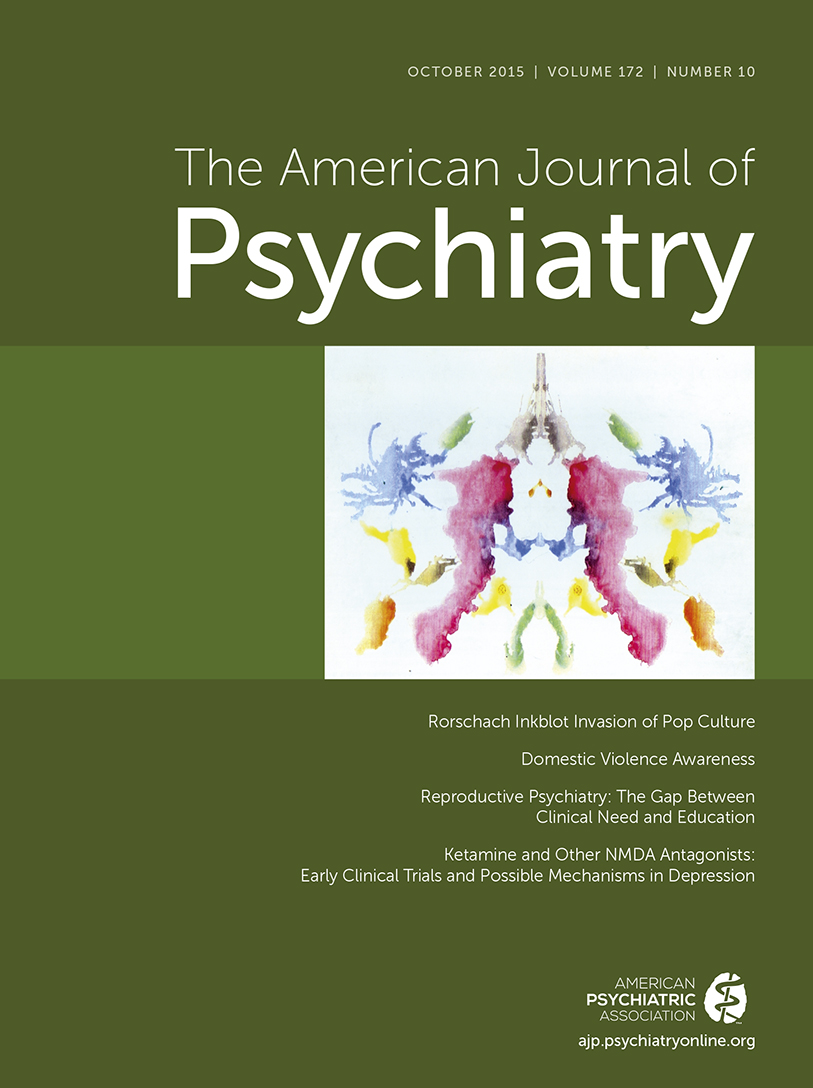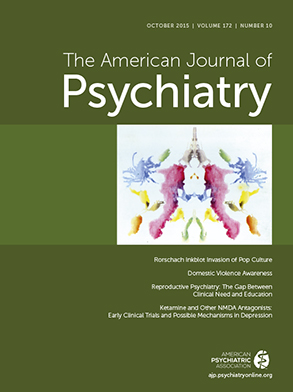Compilation of clinical treatment guidelines often begins with the identification of large randomized controlled trials, followed by simple comparisons of the number of trials demonstrating efficacy for a given intervention. Treatments with multiple positive trials may be considered first-line; those with one such trial or smaller trials, second-line; and those without randomized data but some empirical support, third-line. In a world where all drugs get to market through a traditional Food and Drug Administration (FDA) approval process culminating in large phase III trials, this approach may work reasonably well in facilitating evidence-based decision making. Such a world, however, is not the current state of psychiatry: apart from new drugs in development by the pharmaceutical industry, establishing efficacy for interventions in psychiatry often proceeds by fits and starts, with small open trials or underpowered randomized studies. The net effect of this imbalance can be an overemphasis on newly approved drugs and a tendency to overlook older interventions or more complementary or integrative strategies.
In this issue, Brown and colleagues (
1) report a randomized placebo-controlled trial of citicoline for cocaine abuse in bipolar disorder. Citicoline is a dietary supplement often found in energy drinks, a precursor for phosphatidylcholine, a component of cell membranes. The study itself represents a massive effort for a single-study site: many academic research clinics would be hard-pressed to recruit five subjects with bipolar disorder and cocaine abuse, let alone 130. The drug-placebo differences the investigators observed, while encouraging in the early weeks, are ultimately disappointing, with a number needed to treat of 44 after 12 weeks. (On the other hand, it bears noting that, to date, the published evidence of sustained antidepressant benefit at 12 weeks for ketamine, the subject of huge excitement in psychiatry, is also modest.)
So how should the clinician think about studies such as this one, with a signal of potential benefit but a small effect size? Should energy drinks become part of the pharmacopeia? Is there a reason to think citicoline works better, or differently, in bipolar disorder? The probability is substantial that these results will become another in a long tradition of clinical orphans: given the disappointing effect size, funding agencies are unlikely to be enthusiastic about next-step studies. Still, clinicians have few viable options for what Brown and colleagues point out is a common clinical presentation of a disorder with very high rates of comorbidity.
More fundamentally, this problem relates to how clinical trials are planned and funded in the first place. When massive resources are to be invested in developing a new compound, perhaps the most critical decision to be made is whether or not to proceed—the much-touted “go/no-go” point. So for truly new compounds—namely, those in which a company has a strong incentive to invest—the path is straightforward. Get proof of concept and, if positive, do the large-scale trials needed to establish efficacy.
But faced with high costs of new drug discovery, long lead times to market, and a retreat of some of the very companies that profited the most from the last generation of new pharmacotherapies, clinical investigators seeking new pharmacologic interventions in psychiatry have had to look for shortcuts. Such shortcuts might include complementary or alternative treatments, exempt from FDA review, or repositioning of existing FDA-approved compounds for new indications.
Indeed, such repositioning is part of the very fabric of psychopharmacology, in which many treatments—most recently the anticonvulsants, for example—were “borrowed” from existing indications. (Ironically, in a reversal of the trend, lithium has in recent years become a keen area of interest in neurology for its putative neuroprotective effects.) The challenge in such resource-constrained studies, though, is that they tend to depart from the phase II–phase III standard established for FDA approval pathways.
Even where safety has been established, clinicians owe it to their patients to insist on efficacy studies of sufficient statistical power to help guide practice, or at least to allow decisions about whether to study these compounds further. The citicoline study therefore presents a conundrum for practitioners: on the one hand, some signal of benefit; on the other, a very modest effect, such that the compound is unlikely to go on to larger-scale investigation in a resource-constrained funding environment.
But who will pay for these studies? In policy statements, the National Institute of Mental Health (NIMH) has made clear its intention to deploy its limited resources in an era of flat federal budgets to support strongly targeted studies as a means of laying the groundwork for treatment development (
2). Foundations have in part stepped into the gap, funding a large number of clinical trials, often ones using complementary interventions. Still, like NIMH, foundations too have limitations, and clinical trials must compete with basic science aimed at jump-starting a failed treatment discovery pipeline. Moreover, with pressure to divide resources among many worthy targets, the temptation is high to proceed with underpowered trials that fail to yield the go/no-go information so central to decision making about future resource investment.
One alternative is to turn to the groups who take such an interest in the ultimate application of medications: the health plans. The decision to include a medication in a formulary relies on the sort of evidence provided in the past by phase III studies, and increasingly on even higher bars relating to cost-effectiveness. It seems reasonable, then, for the payers to step into the void and support studies to generate the data they demand, at least for interventions without the backing of big pharmaceutical companies. After all, when a patient submits receipts for reimbursement for citicoline, the health plan will be the one to deny it as insufficiently evidence-based. If even a fraction of the analytic and financial resources these plans deploy to limit mental health claims were leveraged to support clinical trials, patients as well as plans themselves could benefit.
Yet another possibility entails a wholesale reconsideration of the business of drug discovery in psychiatry. Pharmaceutical companies, contrary to their portrayal in the media, tend to be neither good nor bad, but rather economically rational: their general retreat from CNS drug discovery reflects their perception of the viability of the process as it exists today. If they are reluctant to act as charities, and the charities cannot bear the full burden, we might reconsider the economics of drug discovery.
Several years ago, a prominent MIT economist, Andrew Lo, proposed the issuance of bonds aimed at cancer or Alzheimer’s disease drug discovery—a sort of disease-focused megafund (
3). He modeled the potential feasibility of this strategy for bringing very-large-scale investment to these areas, and indicated (with certain assumptions) that these megafunds could be financially viable. One suspects that psychiatry, where the economics are if anything more challenging, would require further creativity. Still, finding a way to make psychiatric drug discovery less risky would go a long way toward solving the problem of how to get clinicians—and patients—the data needed to make informed treatment decisions.
The concern that the sky has been falling in psychiatric drug discovery for decades does not in any way diminish the reality that the sky is falling. An ambitious but ultimately ambiguous effort to nominate a new treatment option in bipolar disorder comorbid with cocaine abuse is an opportunity to reflect on reality. Enthusiasm about an emerging psychiatric neuroscience that will reinvigorate the therapeutic pipeline by identifying truly new treatment targets provides reason to hope that our patients will eventually benefit. But experience with genetic diseases like Huntington’s disease and cystic fibrosis suggests that we should not expect this process of creating new treatments from scratch to be rapid, even as the pace of genetic discovery accelerates. Clinicians and patients daily confront psychiatric illness with the treatments we have—not the treatments we might want or wish to have at a later time. So, in the meantime, all the more reason to consider why studies like that of Brown and colleagues are done—and how we can ensure a maximum number of informative new studies in an era of scarcity.

